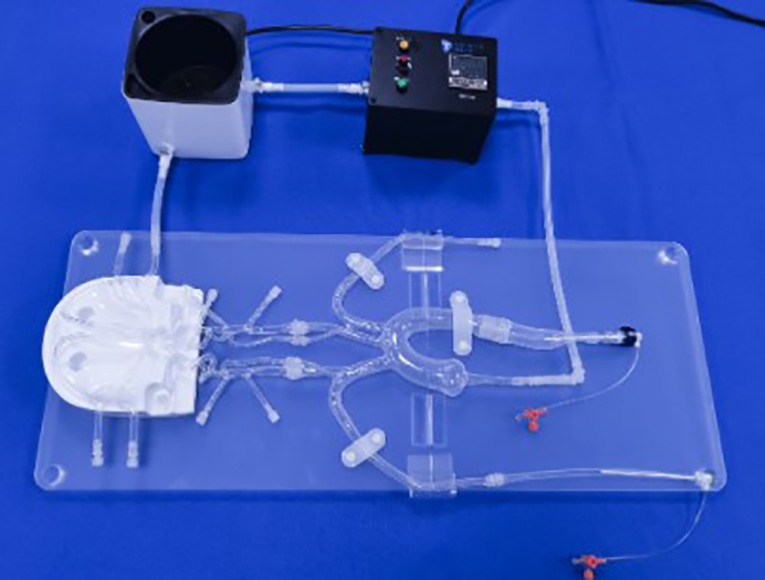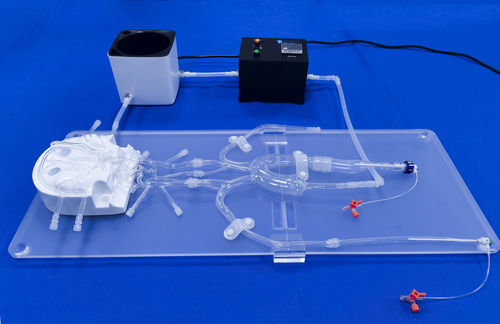
#Industry News
Advancing Understanding and Treatment of Neurovascular Disorders
Intracranial Artery
The intricate network of blood vessels within the brain, known as the intracranial arteries, plays a critical role in delivering oxygen and nutrients to the brain. Understanding and treating neurovascular disorders require comprehensive knowledge of this complex vascular system. In recent years, intracranial artery models have emerged as invaluable tools in the medical industry, providing a realistic representation of these vessels and contributing to advancements in research, education, and treatment strategies. In this piece of industry knowledge, we explore the significance and advancements offered by intracranial artery models.
Intracranial artery models offer several benefits in medical education:
1.Anatomical Accuracy: These models accurately replicate the intricate structure and branching patterns of the intracranial arteries, allowing medical students, neurosurgeons, and interventional radiologists to study the vascular anatomy and understand its correlations with various neurologic diseases.
2.Surgical Simulation: Intracranial artery models provide a platform for practicing surgical procedures, such as aneurysm clipping, embolization, or stent placement, in a controlled and realistic environment. This allows trainees to gain hands-on experience and develop their skills before performing procedures on actual patients.
3.Pathological Studies: Researchers utilize intracranial artery models to study the pathogenesis, progression, and treatment options for neurovascular disorders such as intracranial aneurysms, arteriovenous malformations (AVMs), and strokes. These models enable the testing of different treatment approaches, devices, and pharmacological interventions.
4.Hemodynamics and Flow Analysis: Intracranial artery models allow researchers to study blood flow dynamics, including aneurysm formation, rupture risks, and flow patterns. By analyzing flow characteristics, researchers can gain insights into potential treatment strategies and optimize patient-specific approaches.
5.Treatment Planning and Device Development: Intracranial artery models aid in treatment planning for complex neurovascular surgeries and interventions. They provide a realistic representation of the patient's anatomy, allowing physicians to practice and refine their procedural strategies. Additionally, these models facilitate the development and testing of new neurovascular devices, such as stents, coils, and flow diverters.
6.Education and Collaboration: Intracranial artery models serve as education tools for healthcare professionals, enabling multidisciplinary discussions and fostering collaboration between neurosurgeons, radiologists, and neurointerventionalists. These models facilitate a deeper understanding of the complex interactions between the vasculature and neural structures.
Intracranial artery models have become indispensable tools in neurovascular education, research, and treatment planning. By providing anatomical accuracy, mimicking hemodynamics, and offering a platform for practice and innovation, these models contribute to the advancement of medical knowledge, improved patient care, and the development of novel therapeutic approaches for neurovascular disorders. Continued advancements in intracranial artery modeling technologies, such as incorporating patient-specific data and simulating diseases, hold the potential to further enhance the utility and impact of these models in the field of neurology and neurosurgery.





